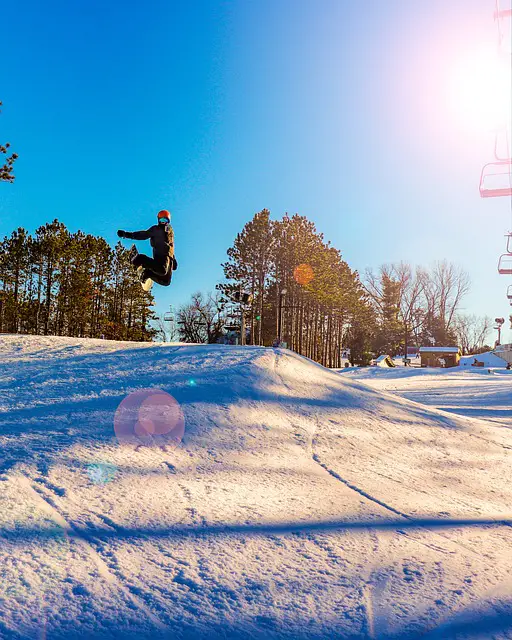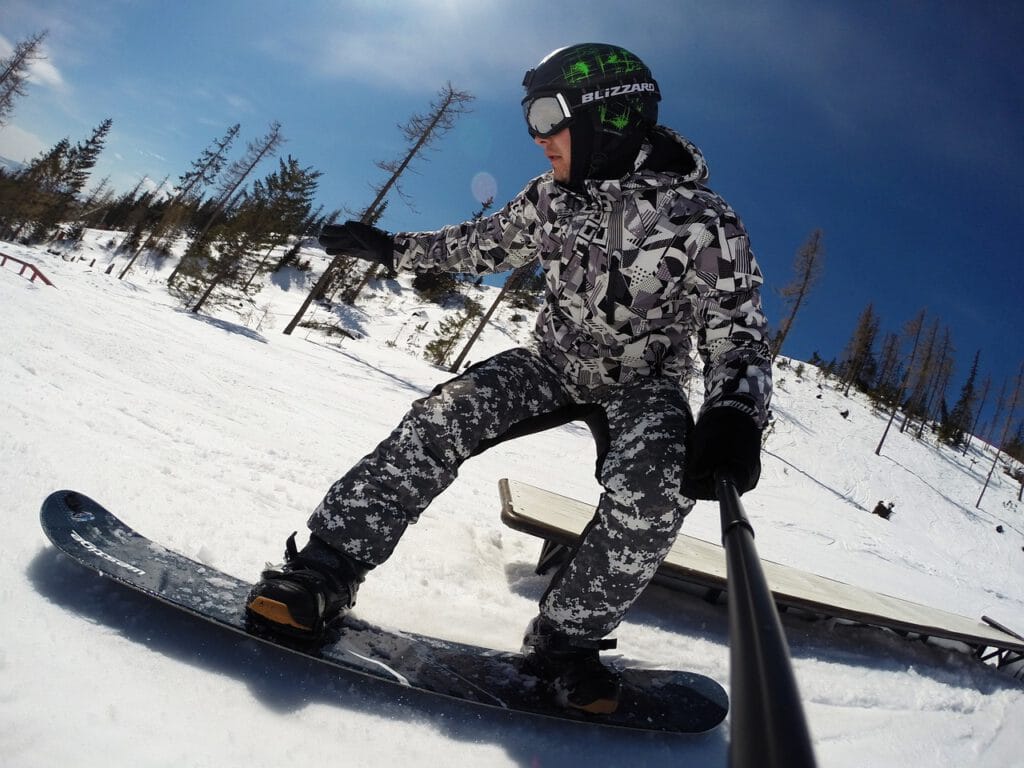When planning on going ice climbing, one of your main considerations needs to be providing yourself with the proper footwear. For ice climbing specifically, hiking boots or regular winter boots are inadequate. You’ll need to equip yourself with a pair of good, sturdy mountaineering boots. These boots are typically made of plastic, leather or modern synthetic materials.

Here are a few things you need to take into consideration when getting the proper boots:
Warmth
Ice climbing means that you will be spending a lot of time in below 0 freezing temperatures and you’ll want to make sure your boots are warm, dry, insolated and comfortable. Your boots need to be warm enough to keep your toes and feet warm in the harshest weather. Ice climbing boots are designed specifically for this purpose. They have thermal lining and are wide enough to accommodate several pairs of socks. To prevent frostbite in extreme cold conditions, some have synthetic insulation that is incorporated into the boots. Some mountaineering boots also come with an external additional lining to further retain heat.
Importance of Trying on Boots before Purchase
Though it might be tempting to look for deals on the internet when purchasing a pair of mountaineering boots, this is not the time to be looking for discounts. Properly fitted boots are essential and can make the difference between having an exhilarating experience mountain climbing on ice or an excruciatingly painful experience. However, if you do want to compare prices on the internet, first get fitted at a retail store and once you find a comfortable fit that has all the features you are looking for, you can then go ahead and compare prices of the same exact product on the internet. Only make sure when you purchase on-line that there is a return policy for boots worn indoors in case you end up unsatisfied.
Size
Try on your mountaineering boots together with the socks you will be wearing. This can make a difference in size and comfort. They should not be too large and have sufficient room for your warm, thick socks. Some climbers prefer wool socks for additional warmth while others favor thicker socks which reduce friction. Cotton socks are not a good choice because they lose their insulating capacity when wet. Try on a half size to one full size bigger than your regular shoe size. Make sure the boot allows for heel lift and leaves room for your toes.
What to Expect
If you’ve never worn a mountaineering boot before, you may find it difficult at first to walk in them. The reason for this is because the boots have very stiff rubber along the bottom and sides, keeping your foot almost immobile and preventing any flex along the sole. In comparison to regular hiking boots, they are far less flexible.
The stiff soles keep you in place and prevent any sideways motion. This is important when trying to balance and find surface on the ice.
Break in
It is very important to give your boots a dry run before setting out on your exciting adventure. Breaking in your new boots is a time consuming gradual affair and you’ll not want to skip any of these steps. Best to do this by wearing the boots at first only inside until you are satisfied with the fit and sure you won’t need to return them. Once you’ve decided to keep them, start taking walks with them for short periods of time on flat terrain until they can be worn comfortably all day. And finally, wear them on your local trails to see how your toes and heels feel on uphill and downhill slopes.
Popular Brands of Mountaineering Boots and Price Range
Sportiva boots are a good choice for ice climbing. Look for anything that includes both a heel welt and a toe welt for optimal compatibility with ice climbing crampons.
Favorite brands are the popular LS or Scarpa. Get the brand that is the best fit for you. Scarpa boots are generally wider than Sportiva boots.
Mountaineering boots are expensive. They range anywhere between $270 for a cheap pair of double plastic boots up to $1,000 for an 8000m rated boot.
Let’s examine the most expensive boot: The 7000-8000m boots are designed for extreme mountaineering. They have the stiffest soles providing horizontal and medial support for front pointing, step-kicking and navigating on steep ground giving climbers a high level of traction for the most challenging condition.
Taking all these factors under consideration will greatly enhance your adventure.



